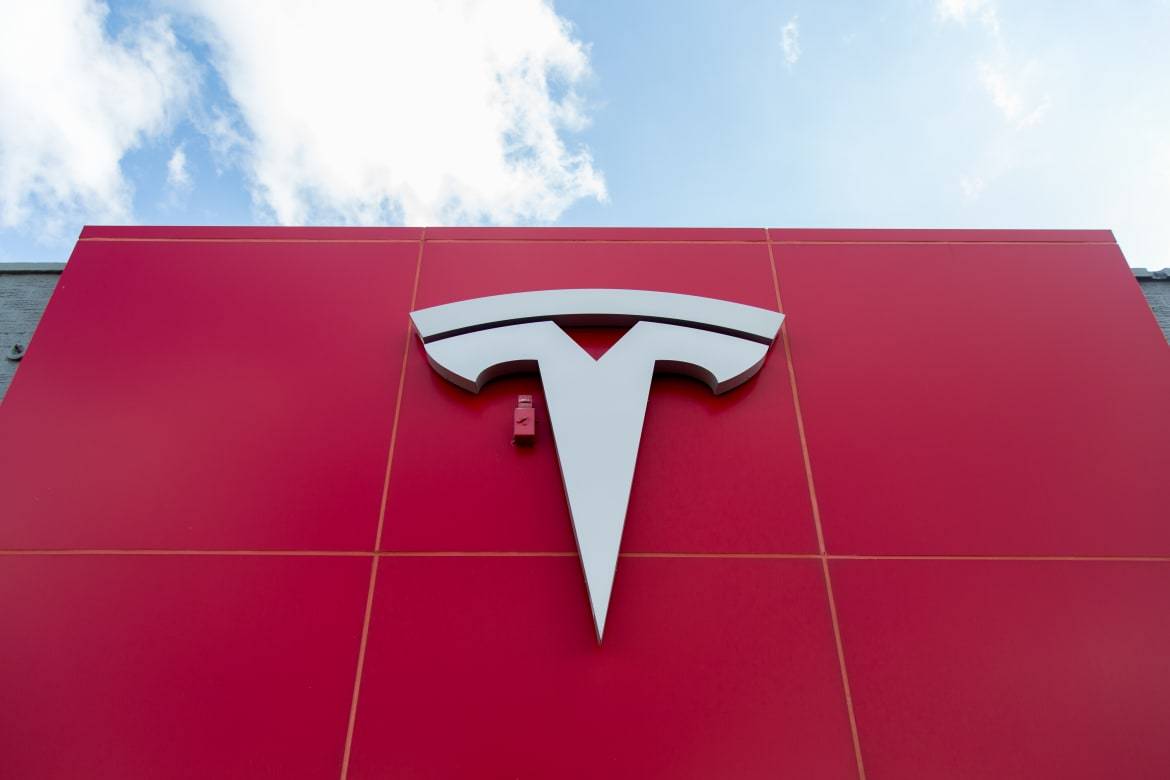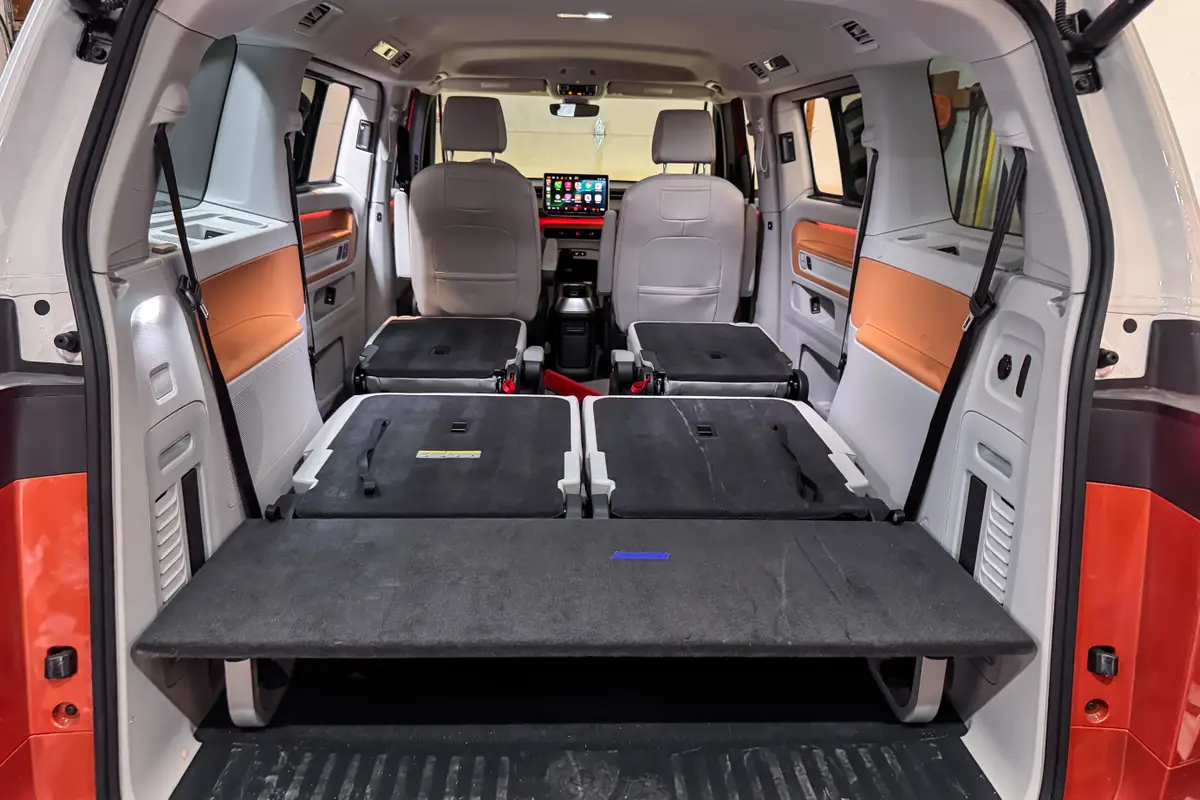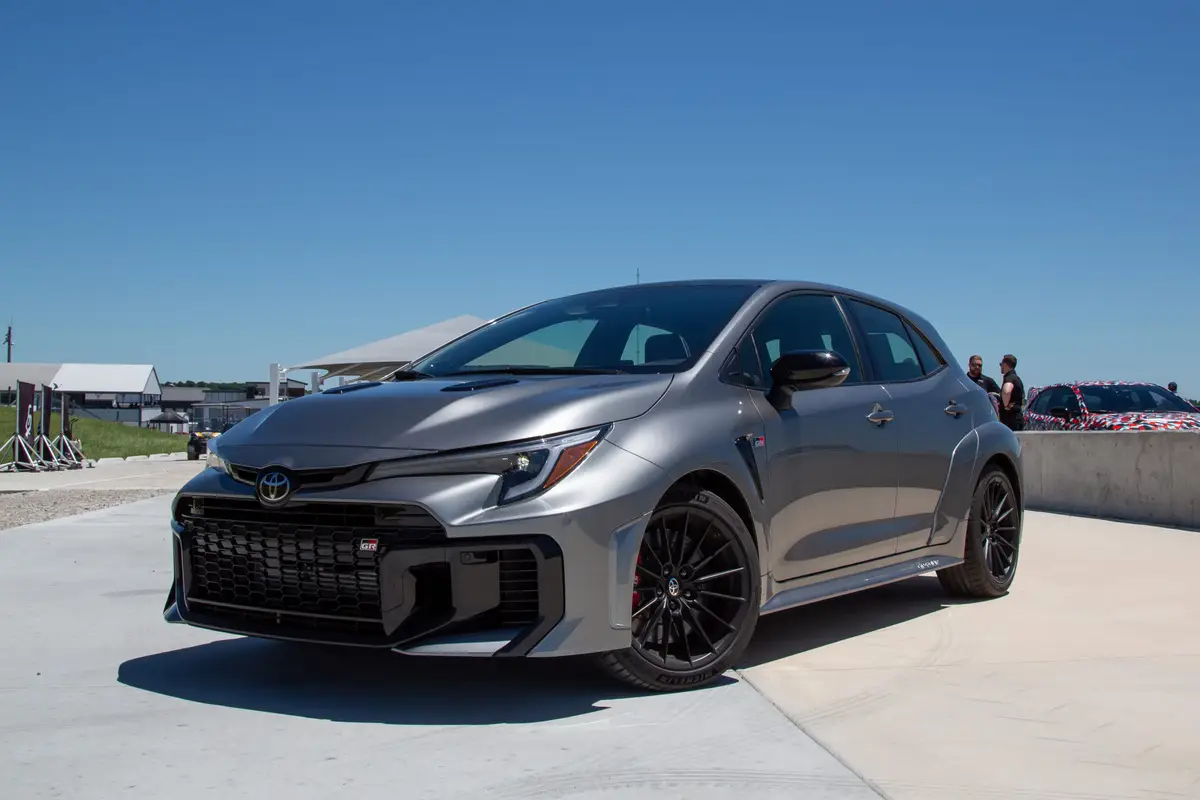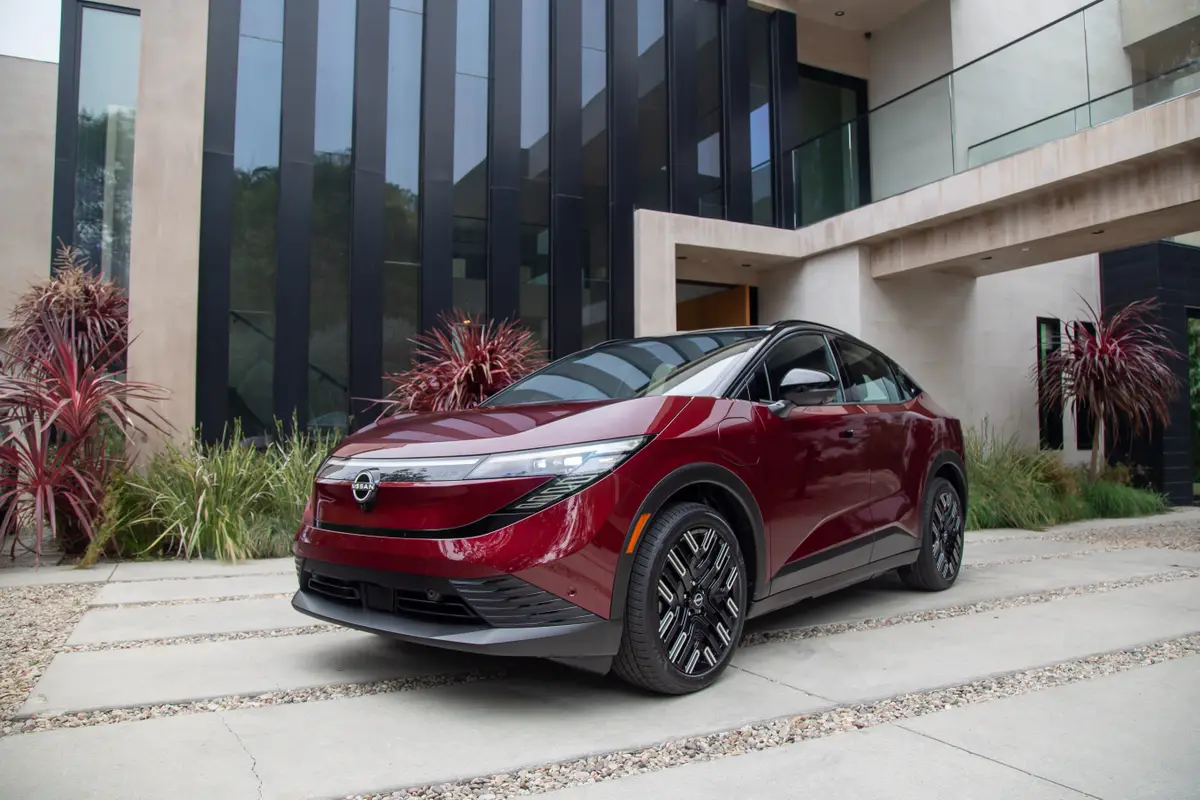Tesla Model S Driver Killed With Autopilot Engaged; NHTSA Opens Investigation


CARS.COM — In a tragic loss of life and possible setback for public acceptance of autonomous-driving technologies, Tesla announced Thursday that a motorist was killed in a collision with a semitrailer while driving a Model S with the Autopilot feature activated. The National Highway Traffic Safety Administration is investigating the performance of the semi-autonomous feature in the May 7 crash outside Gainesville, Fla., that killed 40-year-old Joshua D. Brown, of Canton, Ohio.
Related: Tesla Autopilot: First Test
In a statement, Tesla said the collision occurred on a divided highway when the semitrailer drove across the roadway, perpendicular to the Model S. Autopilot failed to perceive the white trailer against a “brightly lit sky,” and the driver did not brake, Tesla stated. The top of Brown’s car reportedly impacted the bottom of the trailer, causing the vehicle to pass underneath.
“Had the Model S impacted the front or rear of the trailer, even at high speed, its advanced crash safety system would likely have prevented serious injury as it has in numerous other similar incidents,” the automaker stated, noting that it informed NHTSA of the incident immediately after it occurred.
NHTSA acknowledged that Tesla reported the matter, beginning a process that could lead to an eventual recall centered on Autopilot, USA Today reported.
“This preliminary evaluation is being opened to examine the design and performance of any automated driving systems in use at the time of the crash,” NHTSA stated in its filing.
Tesla expressed condolences to the family of Brown, who was the first known fatality in more than 130 million miles of Autopilot-activated driving. The automaker noted that among all U.S. vehicles, a fatality occurs every 94 million miles and worldwide every 60 million miles.
Tesla also noted that the Autopilot function requires acknowledgement by the driver before it can be enabled, and that it requires drivers to keep their hands on the steering wheel at all times to “maintain control and responsibility for your vehicle.”
“The system also makes frequent checks to ensure that the driver’s hands remain on the wheel and provides visual and audible alerts if hands-on is not detected,” Tesla stated. “It then gradually slows down the car until hands-on is detected again.”
Cars.com Executive Editor Joe Wiesenfelder recently experienced Tesla’s Autopilot firsthand when he went for a ride in a 2016 Model S P90D equipped with the $2,500 option, and he was impressed with how well it worked. Wiesenfelder described the function as a combination of adaptive cruise control, which maintains a preset distance from the car in front of you, and an enhanced version of lane departure warning called Autosteer that doesn’t just prevent wandering but actively holds the lane. The system also includes Auto Lane Change, automatic parallel and perpendicular parking, and Summon, which can move the car forward or back while the driver stands outside.
This latest news comes during a rough couple of months for the Silicon Valley automaker. In May, a Model S rear-ended a semitrailer and became wedged underneath when the Summon feature evidently was initiated inadvertently after the driver walked away. In June, Tesla CEO Elon Musk publicly accepted responsibility for the Model X’s malfunctioning Falcon Wing doors, which failed to open as intended and failed to sense a low ceiling or tight parking space. Also in June, Tesla denied public accusations that it had helped foot the bill for out-of-warranty repairs in exchange for a nondisclosure-like “goodwill” agreement asking owners to keep their cars’ problems confidential.
News of Brown’s death possibly as a direct result of Tesla’s Autopilot feature could have ramifications in convincing the motoring American public that autonomous technologies are safe. Despite the oft-stated figure that 94 percent of car accidents are caused by the sort of human error self-driving cars would eliminate, numerous surveys have shown a decided aversion to the technology.
However, one recent study concluded that 80 percent of people would relinquish control of the wheel to an autonomous vehicle if they were able to take over at will.
Citing this study, Bloomberg said that motorists take to the driverless experience surprisingly quickly when they actually get in the cars.
“They actually freak out the engineers because they get so comfortable so fast that the engineer sitting beside them has to say, ‘You may want to put your hands on the wheel,’ ” Mark Wakefield, head of AlixPartners, the consulting firm that conducted the study, told Bloomberg.
Tesla defended the safety of its Autopilot system and said that as more real-world miles are accumulated, the probability of incidents like the one that killed Brown will keep decreasing.
“Autopilot is getting better all the time, but it is not perfect and still requires the driver to remain alert,” the automaker said in a statement. “Nonetheless, when used in conjunction with driver oversight, the data is unequivocal that Autopilot reduces driver workload and results in a statistically significant improvement in safety when compared to purely manual driving.”

Former Assistant Managing Editor-News Matt Schmitz is a veteran Chicago journalist indulging his curiosity for all things auto while helping to inform car shoppers.
Featured stories




